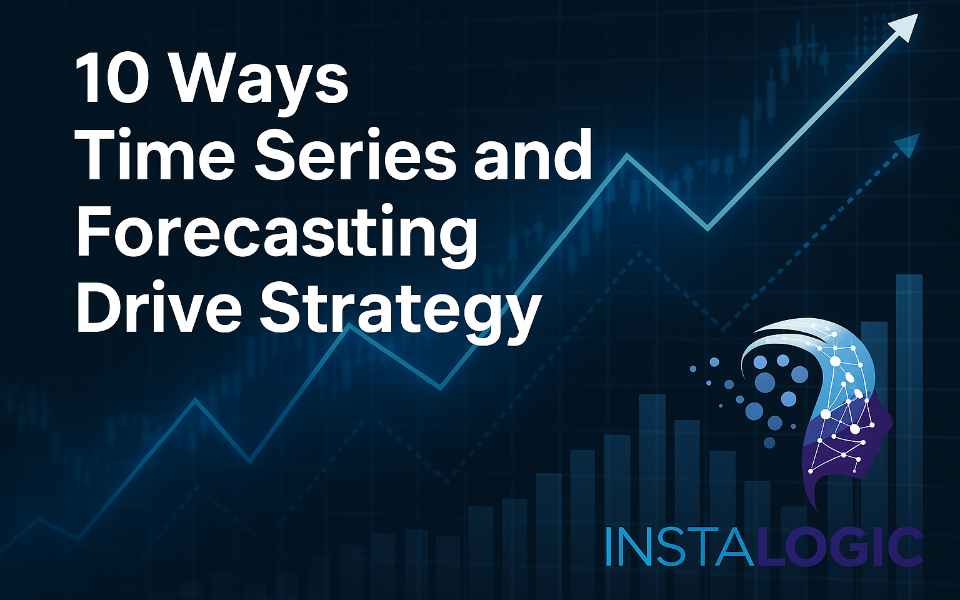Marketing Automation (MA) has been receiving increasing attention lately, and apparently for good reason. There lie opportunities in this space, as also myths and caveats. But before going there, some definitional preliminaries first. The latin root of ‘auto’ means ‘own’ or ‘on its own’. Thus, an automobile is something that moves or is mobile on its own. In this vein, automation refers to ‘automatic control’ and represents the use of various control systems for operating processes in a variety of application areas with minimal or reduced human intervention. Clearly, processes with a lot of repetitive tasks, and/or which can be written out in algorithmic form (saying if input A then do action B etc.) would be the easiest and hence the first to be automated.
The term MA nowadays simultaneously refers to software that automates repetitive sales and marketing tasks, (ii) a platform for collaboration both within and across organizational boundaries, and (iii) a dashboard of metrics aimed ultimately at assessing marketing ROI. Some parts of sales and marketing organizations deal with tasks that are repetitive in nature (especially if inbound marketing is involved). Some examples usually involve data collecting and cleaning, running standard analyses (provided metrics are pre-defined, imputation formulae for missing or incomplete data are known ex ante etc.), matching resources to opportunity (e.g., call center operator with domain expertise with inbound caller in that domain), campaign planning (drawing up lists of prospects or customers to target with particular messages etc.) and campaign execution (actually running an email or call campaign), performing documentation and compliance related tasks etc.
MA originally focused on automating email marketing but has since extended to a broad range of automation and analytic tools for marketing. These include (a) marketing intelligence functions such as tracking codes and multiple link analysis to track buyer behavior, (b) lead scoring functions such as tracking prospect status, executing targeted messages, updating status by matching with customer response and activities and mapping prospect movement through the sales funnel as part of structured sales process, and (c) advanced workflow automation such as managing internal collaborations, budgeting and planning functions etc. An example of MA in the B2C world is the complete domination of machines and automation in the media planning and buying department in the digital space. Algorithms bid and trade for digital media purchases where previously people would the same. Programmatic media planning is now starting to make a mark in non-digital domains. MA platforms nowadays offer functionalities such a content management system, hosted webforms, landing pages, analytics, an email platform, etc. However not all these pieces of functionality need be relevant or useful to all organizations.
In what follows, I detail 10 major myths surrounding MA. These are drawn from the keynote session talk by Sumit Virmani, VP Marketing at Infosys, at the NASSCOM SIG event in Bengaluru in August 2016.
+++
10 Myths around MA
1. Set it. Forget it.
A persistent myth around MA is that it is a plug-and-play (or as the military calls it, a fire-and-forget) system. In practice, this is not so. Regardless of whether we are looking at A/B testing, email marketing or campaign management, real time systems need hands-on management by people. What MA does help do is automate large parts of the grunt work, act as a decision aid, provide options and summaries where needed, etc.
2. MA is just a fancy name for email marketing.
Not true. As has been mentioned above, MA nowadays covers much more than that. Even with the email marketing domain, doing post send response analysis is just one part of email marketing. Meanwhile, elsewhere the march of the machines is threatening to intrude into that most human of marketing actions – persuasion and manipulation. Persado, a cognitive computing system now leverages machine learning, natural language and emotional language capabilities to come out with creative email header and content copy. The firm claims greater click-through and conversion rates than offered by even the best human systems.
3. MA is a lead generation genie.
Not true. In fact, using MA initially leads to a *fall* in the number of qualified leads coming out of Marketing to sales. In any case, the research says the proportion of qualifiable leads is small (~27% on average). MA helps by strengthening the qualification process whereby the quality of leads goes up. This in turn drops costs (sometimes by as much as a third) because false leads are not pursued.
4. MA is a left-brain thing.
The left-hemisphere of the brain is the logical, quantitiative part of the brain (or so the common belief goes). So does this mean that MA precludes any role for creative thinking? Not true at all, it turns out. The classic economic argument would be that by automating non-creative, routine tasks, MA actually releases more time and resources to us for engaging in more creative and managerial pursuits.
5. MA mean robot like same-ness in reach?
Again, not necessarily. It is not as if sans MA firms are avoiding sameness in reach. Some research reports state that only about 44% of Marketers use segmentation, and less that a third configure emails across platforms. In such a milieu, MA contributing to better management of customer heterogeneity via broad level customization and configuration is a good thing.
6. MA is a big boys’ toy.
Currently this indeed seems to be the case. However, this isn’t a necessary condition. In terms of sheer impact on the bottomline (and on toplines), SMEs can gain as much if not more than big firms from MA. In some cases, MA helps better measure ROI itself and thereby underscores the need to have a measurement system, preferably automated, in place for doing so. A parallel trend that is helping bring MA into the reach of SMEs is the megatrend of ‘democatization of technology and tools’. The rise of a vast open source movement with configurable, inter-changeable and customizable components has made many previously unaffordable functionalities within reach of even startups and resource constrained organizations.
7. But I have CRM!
And that would be a good thing. However, the point here is that CRM is *not* a substitute for MA. Rather, it is a complement to MA. MA is about active digital engagement of prospective customers whereas CRM is more about relationship management with an acquired set of accounts or customers. CRM thus manages the firms internal processes and starts off only after a lead has entered the sales funnel. MA operates prior to this stage.
8. MA needs tech whizzes.
Not true anymore. The simpler forms of MA are today widely available in a number of relatively easily configurable forms. As ever more firms gain access, experience or at least exposure to MA, the costs of using it (as well as the opportunity costs of not doing so) can only rise for the rest of the firms in the business ecosystem.
9. MA is only for Marketing.
Not true. Sales should be involved too, otherwise ROI objectives would be hard to meet.
10. MA is the bridge between the sales and marketing chasm.
Not necessarily. While th potential to be such a bridge exists, MA can’t achieve a meeting of minds between these two functions all by itself. This needs prior collaboration between these functions that can then be taken to the next level by MA. The involvement and enthusiasm of organization leadership in driving this is also important.
+++
About the Author
Sudhir Voleti is an Assistant professor with the Marketing Area at the Indian School of Business (ISB). Previously, he worked in the industry in different capacities as a management consultant and a software analyst. Professor Voleti’s research focuses on combining data with econometric and statistical methods to explain phenomena of marketing interest such as evolution in the equity of brands across time, valuation of brands using secondary sales data, the sales impact of geographic and abstract distances between products and markets and the performance, productivity and benchmarking of salesforce organizations. His work has been published in leading academic research journals such as the Journal of Marketing, the International Journal of Research in Marketing, the Journal of the Royal Statistical Society (Series A), Management Science and Quantitative Marketing and Economics.































